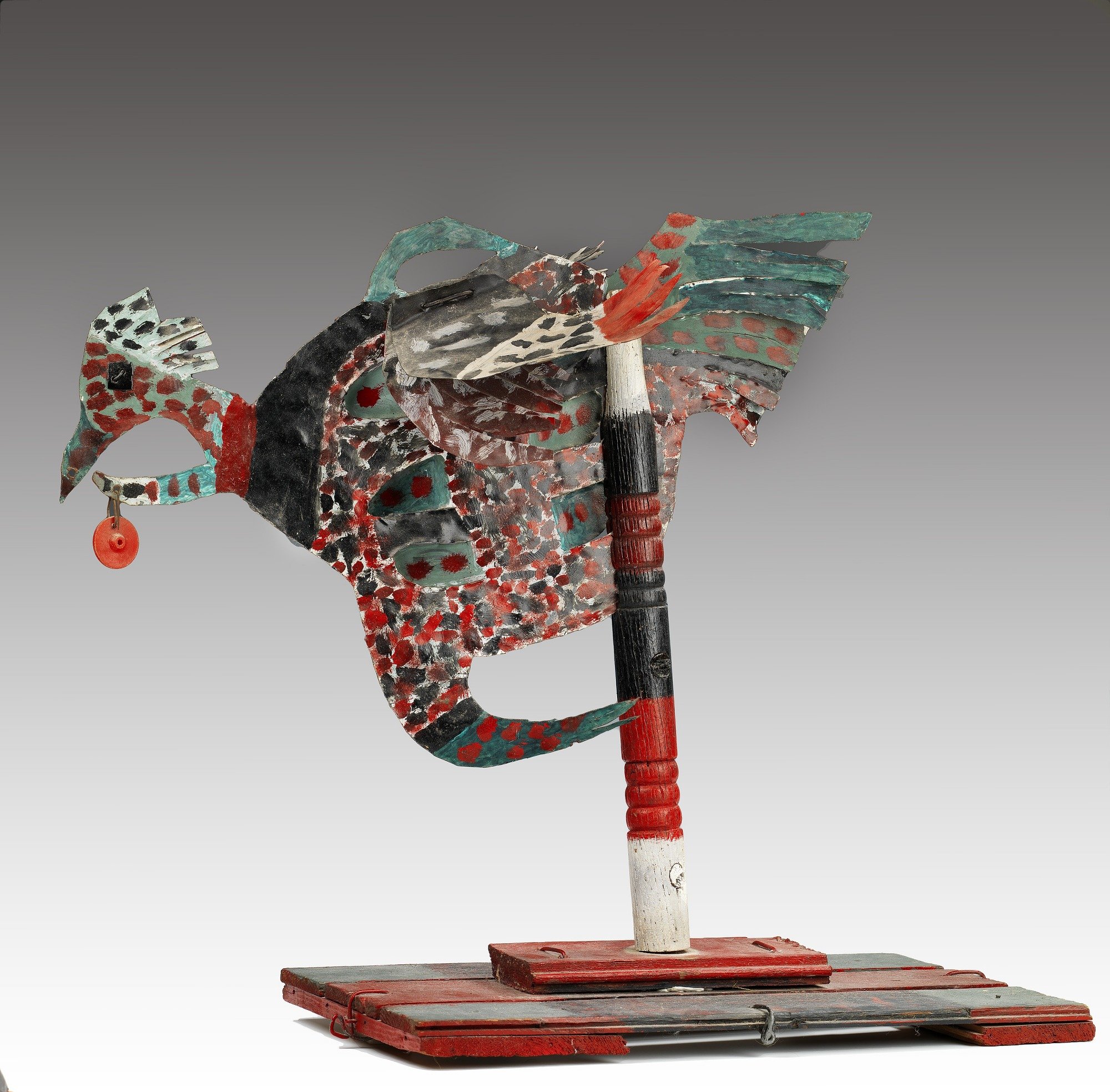What is Folk Art and Why Does It Matter?
Clementine Hunter, Pecan Picking.
Folk art is often defined by what it is not. It is not the polished, theoretical work of the academy, nor is it shaped by the formal constraints of art history’s canon. It does not seek validation from institutions, nor does it follow the trends of the art market. Instead, it is born of necessity, memory, and spirit—created by those for whom art is not a profession but a way of knowing, a form of preservation, and sometimes, a means of survival.
Merriam-Webster defines folk art as "the traditional decorative or utilitarian art of the people that is often an expression of community life and is distinguished from academic or self-conscious or cosmopolitan expression." This definition, while useful, barely scratches the surface. It suggests folk art as an alternative to “high” art, as if it is merely a lesser, more rudimentary cousin to the works found in museums and galleries. But if one looks closely at the tradition of folk art, especially in the American South, one sees a visual language as rich, symbolic, and conceptually complex as any avant-garde movement.
Nowhere is this more evident than in the folk art traditions of the Northeast Louisiana Delta. Here, art is woven into the fabric of daily life, not set apart from it. The region’s landscape itself—a place of both abundance and hardship—has shaped an artistic tradition that prioritizes material ingenuity and symbolic resilience. Just as the Delta has long been a site of migration, displacement, and cultural blending, so too has its folk art emerged as a fusion of African, Indigenous, and European influences. The bottle trees that dot rural yards, their glimmering glass said to ward off spirits, are echoes of African traditions that survived the Middle Passage. The intricately quilted patterns of local artisans are more than warmth or decoration; they are maps, records of family lineage, and visual storytelling.
David Butler, Untitled (Rooster). Smithsonian American Art Museum.
The work of artists like David Butler exemplifies this intersection of folk tradition and personal mythology. His hammered tin sculptures, placed throughout his yard in dazzling configurations, were not merely objects of decoration but an environment—a sanctuary of protection and spirituality in an unpredictable world. These figures, some biblical, some dreamlike, shimmered and moved with the wind, blurring the line between art and life, between function and expression.
Butler’s work, like much of folk art, challenges the assumption that fine art and self-taught art exist in separate spheres. One could argue that the distinction is artificial, created by institutions that have historically decided whose work is worthy of preservation. The reality is that many folk artists, though untrained in the formal sense, operate with an artistic clarity and conceptual rigor that rival their academically trained counterparts. Clementine Hunter, whose paintings chronicle the rhythms of plantation life in vivid, unflinching detail, did not paint because she sought to participate in the art world. She painted because the stories within her demanded to be seen.
This, ultimately, is why folk art matters—not just to museums, but to culture itself. It insists that history is not only written in books or painted by those with formal training. It emerges in yard sculptures, in hand-stitched quilts, in the carved canes of elder storytellers. It is a record of lives lived, joys endured, and hardships survived. It is proof that art does not belong solely to institutions or the wealthy, but to those who create because they must.
At the Northeast Louisiana Delta African-American Heritage Museum, we understand folk art not as a secondary category, but as the foundation of a broader artistic legacy. It is the raw material from which the stories of our region are shaped. It is our past, our present, and our inheritance.


